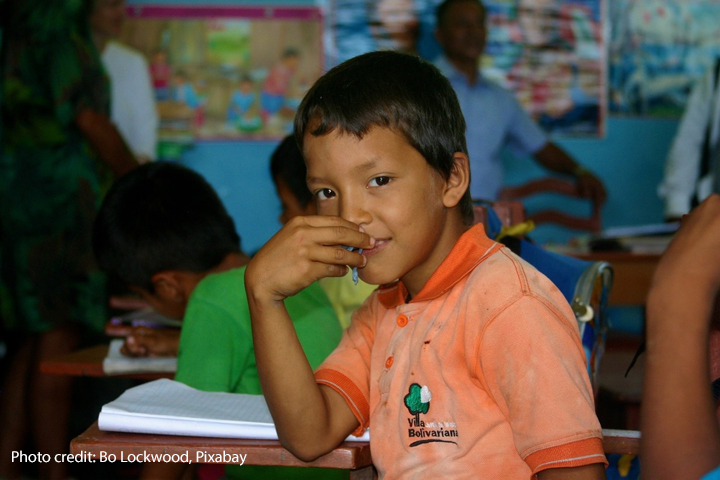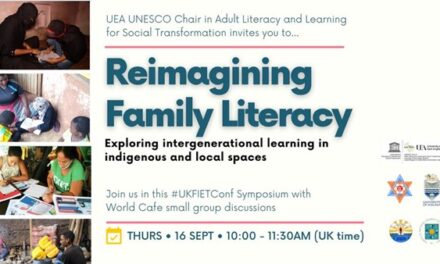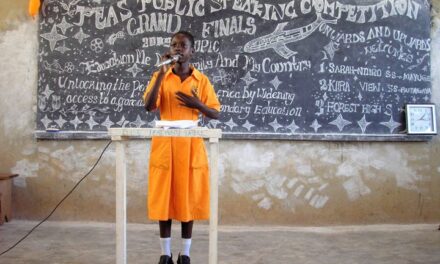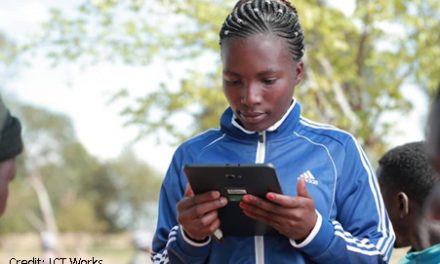This blog was written by Santiago Cueto, Grupo de Análisis para el Desarrollo (GRADE). It was originally published on the RISE Programme website on 9 November 2022.
This is the story of a succession of initiatives implemented in Peru during the past 13 years to promote learning through the implementation of a variety of educational technology programmes. I trust that the lessons learned, sometimes painful, and the challenges we are still unable to untangle will help others with similar challenges in the developing world.
In the beginning, OLPC
Around 15 years ago, Peru, like many other developing countries, embarked on the One Laptop per Child (OLCP) endeavour. Indeed, we purchased over 900,000 XO laptops, which were distributed initially to the poorest students around the country.
The programme seemed quite promising, as it offered easy-to-use, durable laptops, which included a variety of software, including word processing, spreadsheets, video making, puzzles, memory games, programming, books, Wikipedia, and others (but no curriculum-aligned programmes). The laptops could be used to connect students in a classroom and with their teachers, but, in most cases, an internet connection was not available at schools. In many cases, children were allowed to take the laptops home, while in others, teachers, principals, or parents did not allow this for the fear they could be broken.
An experimental evaluation by Cristia et al (2017) showed that children in the treatment group did not achieve at a higher level in reading or mathematics. One of the potential explanations was that children did not have access to the internet, so the team embarked upon a new programme with the XO laptops.
Is internet access the answer?
In a programme in Lima city, a team of researchers randomly assigned XO laptops to children, providing some of them with free internet access and assuring them that they could take the laptops home. Furthermore, we worked with children to teach them how to use the laptops and how to access educational platforms freely available on the web, mostly for reading and mathematics. Teachers were not included in this programme, as the hope was that students could work autonomously and learn.
However, an analysis of the impact of the programme also showed no differences in achievement in reading or mathematics (Beuermann et al, 2015).
The need to involve teachers actively and State policies in education
Parallel to the impact evaluations, we conducted a qualitative study on the implementation of the OLPC programme. While teachers were often trained in how to use the XOs and software, there was little time to discuss the pedagogical implementation of the programme in their training sessions, so that the laptops could be incorporated into their classrooms. As a result, the laptops were often used to copy texts from the blackboards or students learned on their own how to take pictures, make videos, and play music or games, but with little pedagogical work.
Although the OLPC programme did not attain its full pedagogical potential, it was quite an investment for the Peruvian government, given that the cost of each laptop was around $200 USD. So it was a shame that the following administration, instead of adjusting or reorienting the intervention, discontinued it.
This was also a shame because, in both experiments reported above, children seemed to have learned how to use the laptops, and this may be a transferable skill for other types of learning in later ages (although recent, unpublished results from the team found no long-term effects; this is, however, a topic that deserves further research).
Moving on, developing a mediated model
Based on the above experiences and the review of other studies, it became clear that the naive model— “provide students and teachers with technology and internet access and learning will follow”—did not hold. This was indeed the conclusion of a review of studies conducted by Arias Ortiz and Cristia (2014). This review suggested that guided models were more likely to have an impact on learning. Guided models included, among other things, selecting a software aligned with an area of the curriculum, defining an allotted time for use during a school week, defining how it should be used, and providing support for teachers.
In a systematic review developed by Julian Cristia from the Interamerican Development Bank (resulting in a Skills Bank with resources), a programme called Conecta Ideas to improve mathematics in Chile was identified as having potential for implementation in Peru. An experimental evaluation of this programme showed that the programme generated an impact on math achievement of 0.27 standard deviations measured using the national standardised exam of Chile, SIMCE (Araya et al, 2019). Learning gains for those using Conecta Ideas were related to a 50 percent increase on math learning in one year. The programme followed the model of guided instruction mentioned above and forecasted high economic returns. After contrasting this programme with other options, we started a process of adaptation in Peru.
Then, the pandemic hit us, hard
In 2020, schools were closed in Peru due to the pandemic and remained closed for two years. In this context, there was a need for platforms such as ours, so we managed to sign an agreement with the Ministry of Education to offer our resources freely, nationwide.
However, we knew that just building the platform and offering it for free would not be enough. We thus developed an intranet where several resources were offered for teachers, including: a set of problems for each week, aligned with the school materials and national curriculum; the answers to these problems; a guide teachers could use for lesson planning, showing how and when to incorporate the problems proposed in our app; and an automatic report that teachers could download at any point, showing among other things which students had used the app and how well they had performed. Additionally, for schools without internet connection there was a “pdf” version of the problems, so that they could print it and distribute among students.
We developed videos that teachers could use to learn how to register their students on the platform, and we organised virtual workshops every week on how to enroll students and use the sets of problems and other resources as mentioned above. Also, we have a support system that answers teachers’ questions individually, which can be accessed through WhatsApp, e-mail, or messaging. Finally, we organised virtual pedagogical workshops on mathematics teaching and learning around specific topics of the national curriculum, which, as the others, have had massive attendance from teachers around the country.
Finally, one issue on confidentiality is worth mentioning: a new law in Peru did not allow for the Ministry to provide us with the full names of students or ask for them in our programme. After extended consultation, we decided that we would use the first name and the first letter of the students’ last names; this allowed for teachers to identify their students when receiving the reports.
Looking forward
From the above experiences, we have learned that when technology is introduced in schools there is a novelty effect, whereby initially teachers and students become very interested in using a programme such as Conecta Ideas. However, interest seems to fade over time. Often teachers go to the workshops and enroll their students, but they then fail to use the app.
To try to encourage frequent connections and use of the programme’s features, the team has implemented a messaging system for teachers, analysing which types of messages work better. WhatsApp seems to work better than e-mail, because the latter is less common.
By mid-2022, we have managed to enroll 157,742 students, which is around 8 percent of students, but only 58,127 students nationwide have used the programme one or more times. We have a lot of room to grow while we use the quantitative and qualitative data that we collect to understand how to promote a pedagogical use of our platform. Though so far technology in education has not yet lived up to its promise, we believe that continuing in a process of experimentation and evaluation could help in our quest of finding specific models of using technology that can produce high impacts on learning in a cost-effective way.
——
For more information on Conecta Ideas, visit our web site (in Spanish) at: or write to Santiago.
Conecta Ideas Peru has been generously supported by the Interamerican Development Bank. Additional support has been provided by the International Development Research Centre (IDRC), the Old Dart Foundation and the Intercorp group in Peru.
——
RISE blog posts and podcasts reflect the views of the authors and do not necessarily represent the views of the organisation or our funders.





